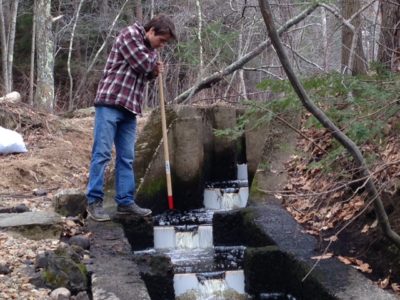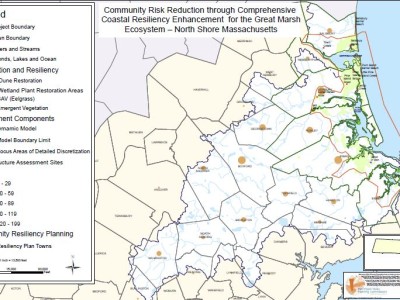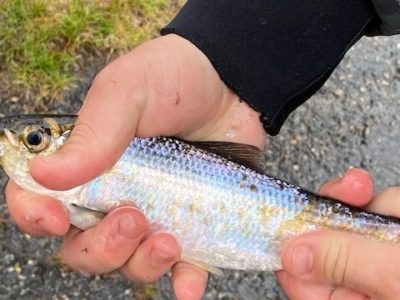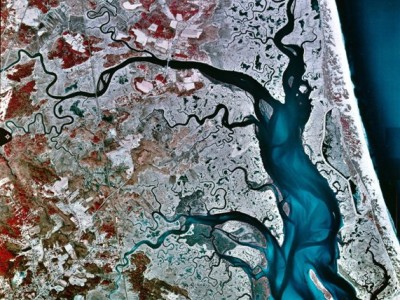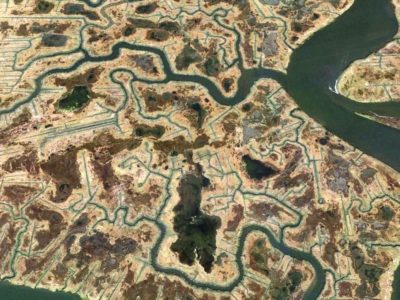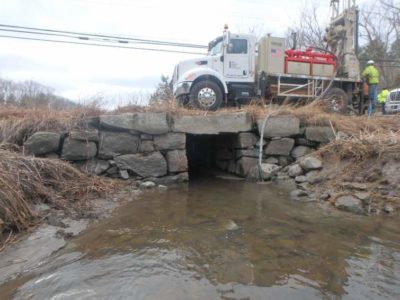
Status
2015 – 2024
Toolkit and Actions
Science and Prioritization
Project Team
- Merrimack Valley Planning Commission
- Parker River National Wildlife Refuge
- National Wildlife Federation
- Boston University
- Virginia Institute of Marine Science
- US Geological Survey
- Woods Hole Group
Project Contact: Peter Phippen (MVPC)
About the Project
We will develop a hydrodynamic model of the estuarine flow regime of the Great Marsh ecosystem that assesses sediment transport and erosional forces on the barrier beaches and deposition patterns of sediment into the marsh and tidal creeks. The model will identify barriers to sediment transport and assess the effect of salinity on invasive plant proliferation in the marsh, predicting salinity regimes that will promote healthy, native vegetation and identify vulnerable erosion zones. Scenario planning will allow managers to model restoration options to assess long-term success and costs.
A comprehensive hydrodynamic model will be developed to assess how changes in land use trends, resulting in inadequate tidal circulation, sediment influx, and poor drainage, has affected the habitats (salt marsh, barrier dunes) in the Great Marsh, and predict how these habitats will change in response to climate stressors and infrastructure vulnerability. Field data related to water level, current velocities, bottom and suspended sediment characteristics, and sediment flux will inform the development of a hydrodynamic model that will provide a detailed understanding of the hydrodynamics and sediment influx into the Great Marsh. The model will answer questions about the impacts of more frequent and longer periods of tidal inundation of platform marshes, subsequent creek extension, increased drainage density, changes in backbarrier hydrodynamics, and how greater sequestration of sand on ebb delta shoals will impact barrier island sand reservoirs, platform marshes, tidal inlets, and overall marsh accretion capacity in backbarrier environments. These benefits are substantial in that once complete, the model can be used repeatedly to evaluate various scenarios, as new data are collected.
Published Research
- Long-term sea level rise modeling of a basin-tidal inlet system reveals sediment sinks (6 November 2023)
- Following the Sand Grains (5 May 2022)

